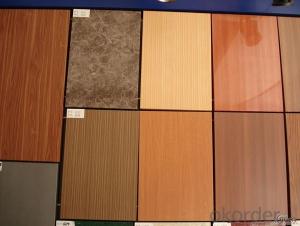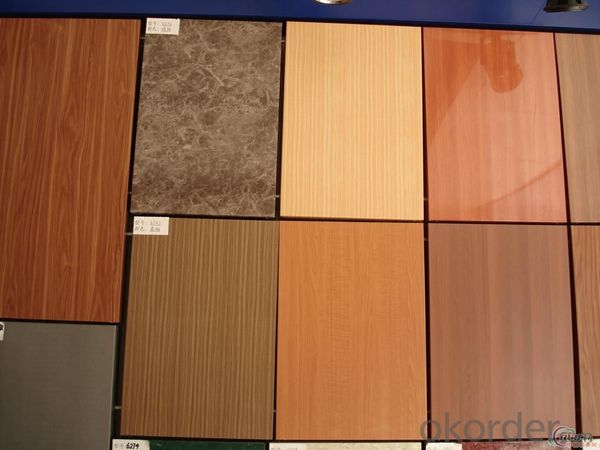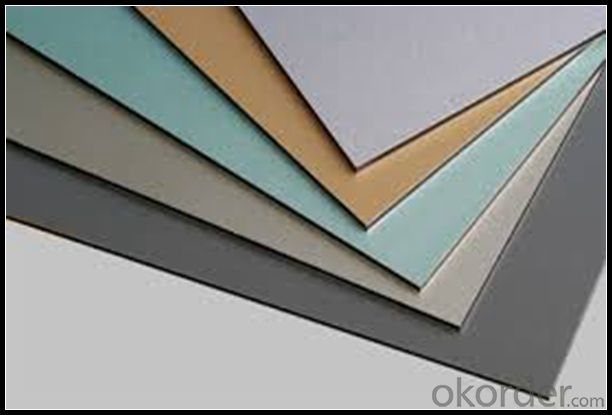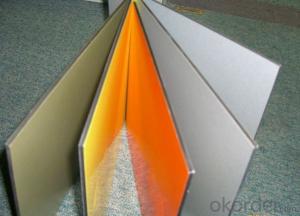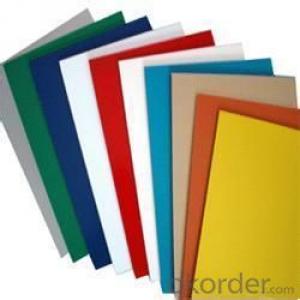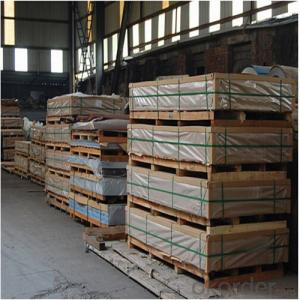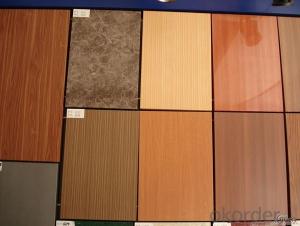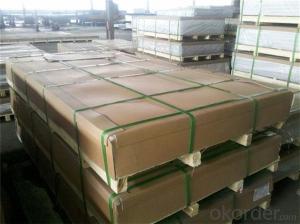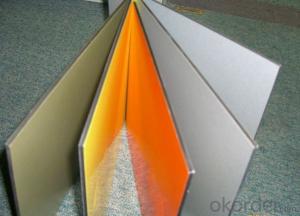Colored Aluminum Sheets for Sale - Color Coated Aluminum Sheet for ACP Top Sheets
- Loading Port:
- Shanghai
- Payment Terms:
- TT OR LC
- Min Order Qty:
- 5 m.t.
- Supply Capability:
- 10000 m.t./month
OKorder Service Pledge
OKorder Financial Service
You Might Also Like
Specification
1. Specification of Color Coated Aluminum Sheet for ACP Top Sheets
ALLOY | AA1050 AA1060 AA1070 AA1100 ETC AA3003 AA3004 AA3005 AA3104 AA3105 ETC AA5005 AA5052 AA5083 AA5754 ETC AA8011 AA8006 AA8079 ETC |
TEMPER | H14,H16,H18,H22,H24,H26,H32,O/F |
THICKNESS | ≥0.2MM |
WIDTH | 30mm-2100mm |
COIL WGT | 2Mt - 3Mt |
COIL ID | φ508mm,φ610mm |
SURFACE | PE Protecting film |
STANDARD | GB/T 3880-2006 |
2. Application of Color Coated Aluminum Sheet for ACP Top Sheets
(1).Interior: wall cladding, ceilings, bathrooms, kitchens and balconies, shutters, doors...
(2).Exterior: wall cladding, facades, roofing, canopies, tunnels,column covers , renovations...
(3).Advertisement: display platforms, signboards, fascia, shop fronts...
3. Feature of Color Coated Aluminum Sheet for ACP Top Sheets
Surfact Quality :
Be free from Oil Stain, Dent, Inclusion, Scratches, Stain, Oxide Dicoloration, Breaks, Corrosion, Roll Marks, Dirt Streaks and other defect which will interfere with use,
Mechenical Property:
Chemical Composite and Mechanical Property
4. Certificate:
SGS and ROHS(if client request, paid by client), MTC(plant provided), Certificate of Origin(FORM A, FORM E, CO), Bureau Veritas and SGS (if client request, paid by client), CIQS certificate
5. Image of Color Coated Aluminum Sheet for ACP Top Sheets
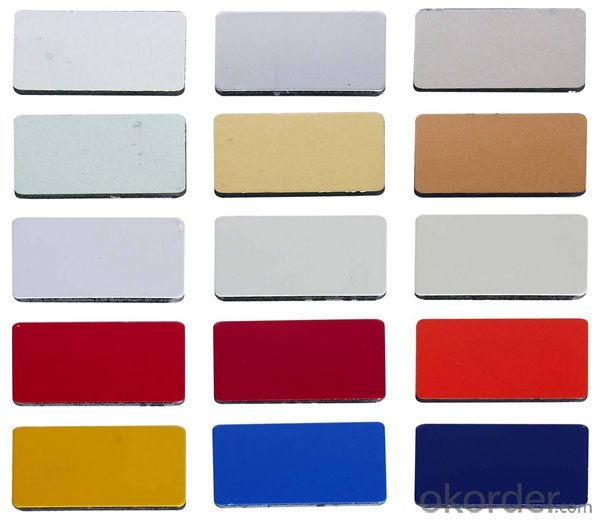
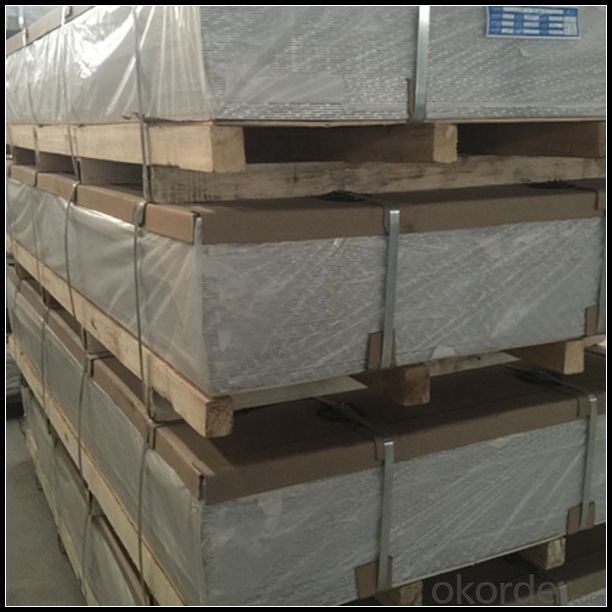
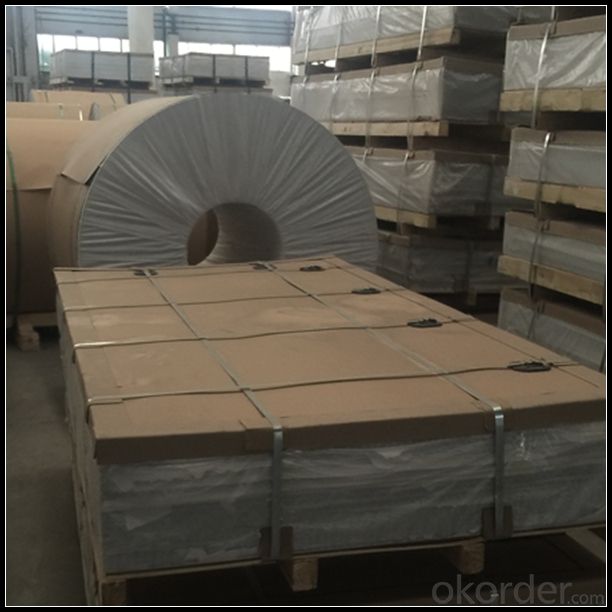
6. Package and shipping of Color Coated Aluminum Sheet for ACP Top Sheets
First, plastic cloth with drying agent inside; Second, Pearl Wool ; Third, wooden cases with dry agent , fumigation wooden pallets, aluminum surface could cover blue PVC film
- Q: How do aluminum sheets perform in terms of heat reflectivity?
- Aluminum sheets exhibit remarkable heat reflectivity, making them exceedingly efficient. Their ability to effectively deflect heat and light away from surfaces minimizes heat absorption, thus rendering them perfect for scenarios where heat control is paramount, like roofing, insulation, and solar panels. The reflective quality of aluminum sheets aids in curbing energy consumption by preventing excessive heat accumulation, leading to a cooler atmosphere. Moreover, the reflectivity of aluminum also lends itself to a multitude of industrial and scientific applications, including the production of reflectors, heat sinks, and optical mirrors.
- Q: Is it possible to utilize aluminum sheets for crafting distinctive architectural structures?
- <p>Yes, aluminum sheets can be used to create unique architectural designs. Known for their strength, durability, and lightweight properties, aluminum sheets are ideal for various architectural applications. They can be easily shaped and cut to fit specific design requirements, offering flexibility in design and construction. Additionally, aluminum's resistance to corrosion and weathering makes it a sustainable choice for long-lasting structures. Architects often use aluminum for facades, roofing, and other exterior elements due to its modern aesthetic and low maintenance needs.</p>
- Q: Can 101 aluminum sheets be used in the production of nameplates or tags?
- Yes, 101 aluminum sheets can be used in the production of nameplates or tags. Aluminum is a popular material choice for nameplates and tags due to its durability, lightweight nature, and resistance to corrosion. The 101 aluminum alloy, which is a commercially pure aluminum, offers excellent formability and workability, making it suitable for various manufacturing processes such as stamping, engraving, or etching. It can be easily cut, shaped, and customized to create high-quality nameplates or tags with clear and precise markings. Additionally, aluminum's ability to withstand harsh environments and its attractive appearance make it a preferred choice for many industries, including automotive, aerospace, electronics, and signage. Therefore, 101 aluminum sheets are a suitable material for the production of nameplates or tags.
- Q: Are aluminum sheets suitable for electrical conductors?
- Yes, aluminum sheets are suitable for electrical conductors. Aluminum is often used as a conductor in various electrical applications due to its excellent conductivity, lightweight nature, and relatively low cost compared to other metals like copper. It has approximately 61% conductivity of copper, making it an efficient conductor for most electrical purposes. Aluminum sheets are commonly used in power transmission lines, electrical wiring, bus bars, and numerous other electrical components. However, it is important to note that aluminum has a higher resistance compared to copper, which means it may require larger cross-sections to carry the same current. Additionally, aluminum has a lower melting point than copper, so proper care must be taken to avoid overheating when using aluminum sheets as electrical conductors.
- Q: Can aluminum sheets be recycled indefinitely?
- Yes, aluminum sheets can be recycled indefinitely.
- Q: Are aluminum sheets suitable for food-grade applications?
- Yes, aluminum sheets are suitable for food-grade applications. Aluminum is a widely used material in the food industry due to its excellent properties. It is non-toxic, corrosion-resistant, and has a high thermal conductivity, making it a suitable choice for food processing and packaging. Aluminum sheets can be used to make food-grade containers, trays, and packaging materials. They are also commonly used for cooking utensils, such as baking sheets and foil, which are safe to use in direct contact with food. Additionally, aluminum sheets can be easily cleaned and sanitized, making them a hygienic choice for food-grade applications.
- Q: What is the maximum width available for aluminum sheets?
- The maximum width of aluminum sheets can differ depending on the manufacturer and specific specifications. Typically, aluminum sheets can be found in widths up to 72 inches or 1.83 meters. It should be emphasized that certain manufacturers may provide wider choices for specialized purposes. Furthermore, personalized dimensions can be acquired by placing specific orders, providing more freedom in selecting the desired width.
- Q: What are the common aluminum sheets and the best ones?
- Look, what's your use for it?. Aluminum alloy is divided into 1000 series and 9000 series, each series has the characteristics and uses of each series. The most commonly seen aluminum plate is 1060 (pure aluminum), 2024, 5052, 6061, 6063, 7075, 6083, 5082 aluminum alloy plate. The best should be imported 7000 series, but also depends on your use to say.
- Q: Over 5 billion aluminum cans are recycled each year. If laid end to end, these cans would form a line reaching from?
- IDK, but this may give you some idea of 1 billion. 1 Billion seconds ago.. It was 1959 1 Billion minutes ago... Christ was alive.
- Q: Its been bugging me for years and i want to know why they say aluminum and not aluminium like it is spelt in the Oxford English dictionary and more importantly the universal periodic table, accepted by all countries, does anyone know why? I would like all opinions on this matter, if possible, thank you
- Because it's written Aluminum on the periodic table.
Send your message to us
Colored Aluminum Sheets for Sale - Color Coated Aluminum Sheet for ACP Top Sheets
- Loading Port:
- Shanghai
- Payment Terms:
- TT OR LC
- Min Order Qty:
- 5 m.t.
- Supply Capability:
- 10000 m.t./month
OKorder Service Pledge
OKorder Financial Service
Similar products
Hot products
Hot Searches
Related keywords
